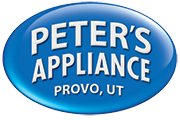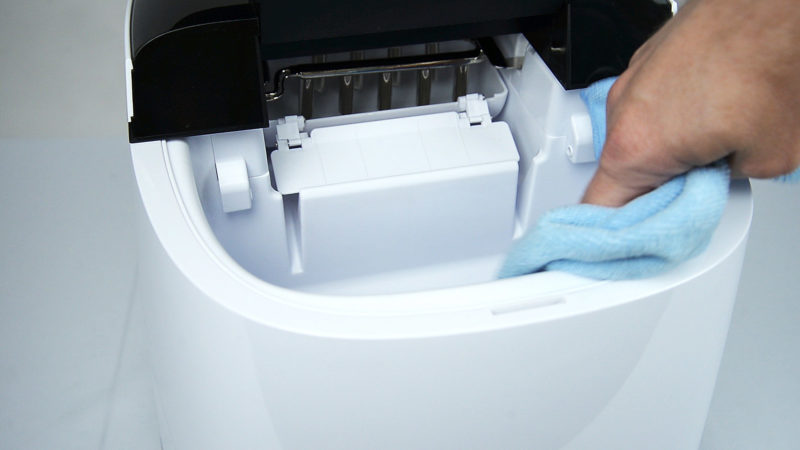Regularly cleaning your built-in ice maker reduces the chance of black mold growth in your refrigerator and cures bad-tasting ice cubes in your freezer. A refrigerator’s ice and water dispenser is a dark, moist location, an ideal environment for budding bacteria and mildew. If you notice your water or ice has a cloudy tint or flecks of dark, moldy material, it’s time to thoroughly clean the ice maker.
Review the Manufacturer’s Instructions
Read the refrigerator owner’s manual to identify the proper cleaning solution. Purchase the recommended product or use mild dish detergent in its place, if not expressly forbidden by the manual. Normally it is not ideal to use bleach or other strong solutions for cleaning in case residual chemicals affect the taste and quality of water and ice.
Cleaning Procedure
Open the refrigerator, locate the ice maker power switch and turn it to the off position. If you are unable to find the power switch, unplug the entire refrigerator during cleaning. Unscrew the water supply line, remove the bin and dump all unused ice into the sink to melt. Wipe down the inside of the bin with a cleaning solution or dish detergent. Rinse thoroughly. Let the bin dry completely before placing it back in its compartment. Check for blockages in the connecting funnel leading from the bin to the dispenser, rinse the water tube with a cleaning solution and then with clear water and replace all components.
Use Vinegar as a Cleaning Agent
Another, more in-depth cleaning method involves locating the water lines feeding both the ice and water dispenser at the back of the fridge. Turn off the water supply valve and unscrew the tubing. Gradually funnel three to four cups of vinegar into the tubing, holding it high so all vinegar makes its way into the system. Turn the ice maker back on and let it make ice until the vinegar runs out.
Reconnect the water supply line and once again let it make at least a few batches of ice until the incoming water has cleared out the vinegar taste. For the water dispenser, simply run fluids through it until it no longer tastes like vinegar. Vinegar’s high acid content makes it ideal for killing bacteria and mold, removing stains and deodorizing – and it’s natural.
Finally, disinfect the exterior portion of the dispenser with a clean towel and the manufacturer-recommend solution or vinegar and water. If you continue to notice problems with your ice maker, contact the professional appliance repair experts at Peter’s Appliance. Otherwise, regularly cleaning your ice maker should keep your fridge’s ice and water supply pure and sanitized.

